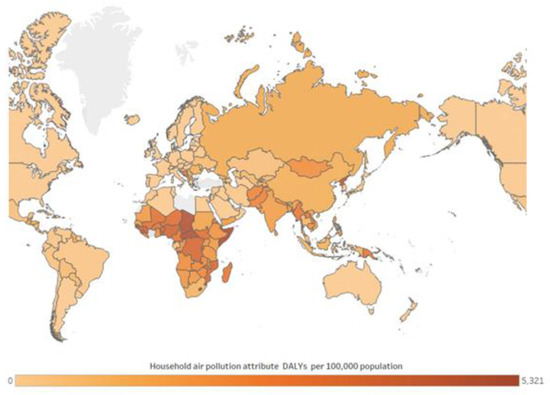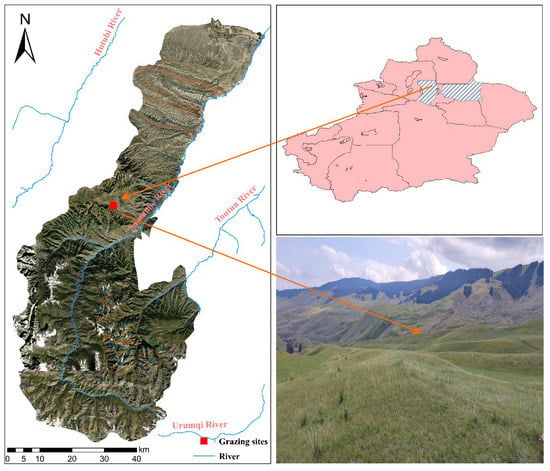1
Mechanical Engineering Department, King Saud University, P.O. Box 800, Riyadh 11421, Saudi Arabia
2
Sarh Attaqnia Co., Riyadh 11622, Saudi Arabia
3
Sustainable Energy Technologies Center, King Saud University, P.O. Box 800, Riyadh 11421, Saudi Arabia
4
K.A.CARE Energy Research and Innovation Center at Riyadh, King Saud University, P.O. Box 800, Riyadh 11421, Saudi Arabia
5
Mechanical Power Engineering Department, Faculty of Engineering, Helwan University, Cairo 11718, Egypt
Sustainability 2023, 15(7), 5685; https://doi.org/10.3390/su15075685 - 24 Mar 2023
Cited by 6 | Viewed by 4439
Abstract
A common practice in the construction of residential and commercial buildings in Saudi Arabia is to insulate the outer walls and windows only. Other building components such as the roof, columns and slabs, and doors are usually neglected. Moreover, vital components such as
[...] Read more.
A common practice in the construction of residential and commercial buildings in Saudi Arabia is to insulate the outer walls and windows only. Other building components such as the roof, columns and slabs, and doors are usually neglected. Moreover, vital components such as the roof and windows are especially neglected in commercially built residential and commercial buildings. The aim of this study is to put this common impression and practice to the test by quantifying the contribution of every building component to the overall air-conditioning load of the building. The hypothesis evaluated in this paper is that despite the common practices, there could be an optimum selection of insulators for the building components that yields the lowest energy consumption and maximum savings not only in energy costs but also installation costs. The required air-conditioning load is determined using manual calculations and the HAP software package for 1022 possible configurations. The findings of the analysis point to the importance of the roof, as it is the major contributor to the thermal load, followed closely by columns and slabs, with 44.2% of the overall cooling load. It is found that a single wall consisting of 2 cm of cement plaster, 20 cm of cement–polyurethane brick, and 2 cm of cement plaster is less expensive and has higher thermal resistance than any of the more expensive double walls. The study found one scenario of possible configurations with the optimized selection of building materials and their insulation materials that provides the most effective insulation at the lowest cost.
Full article
(This article belongs to the Special Issue Smart Grid Technologies and Renewable Energy Applications)
▼
Show Figures















